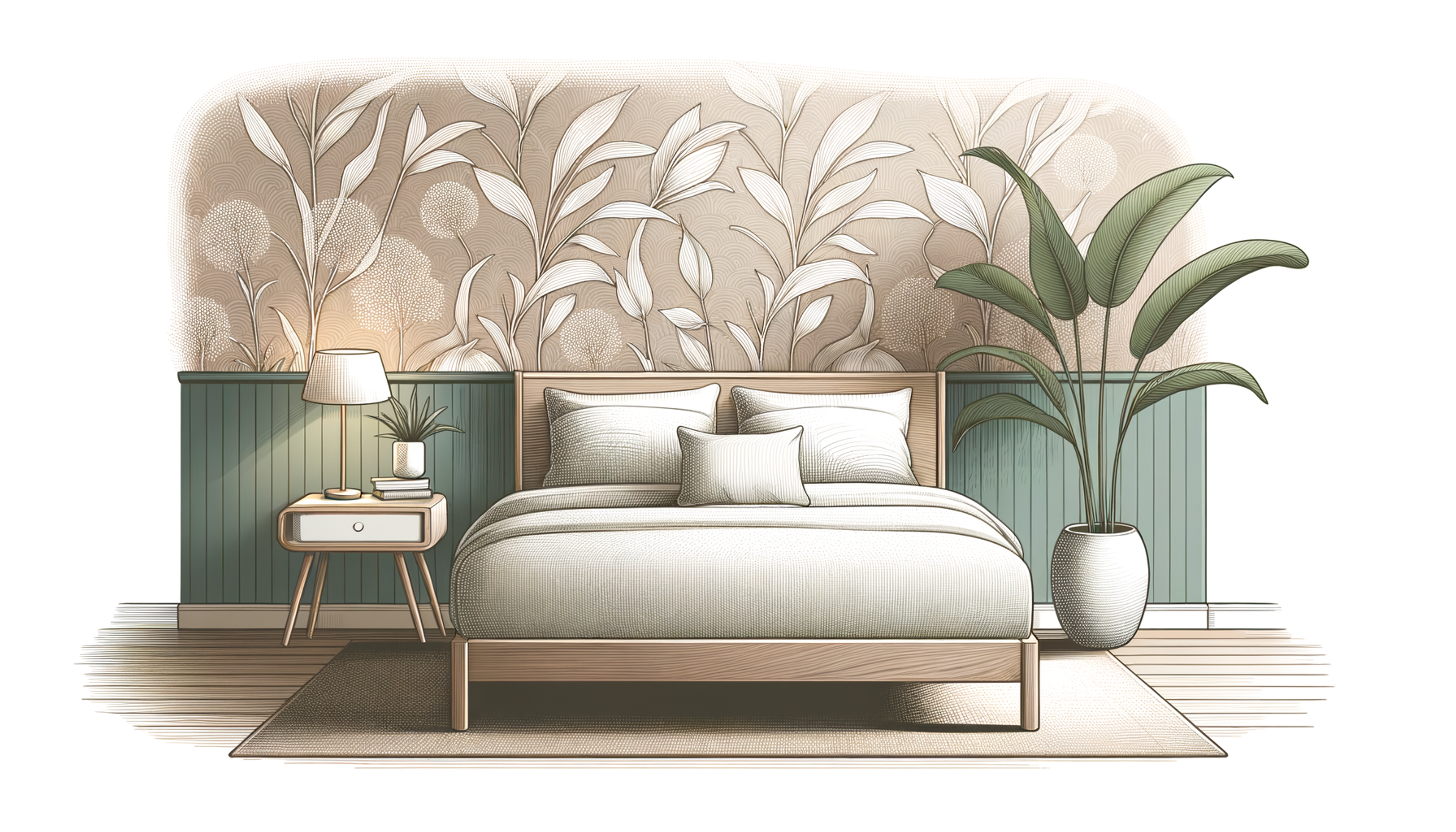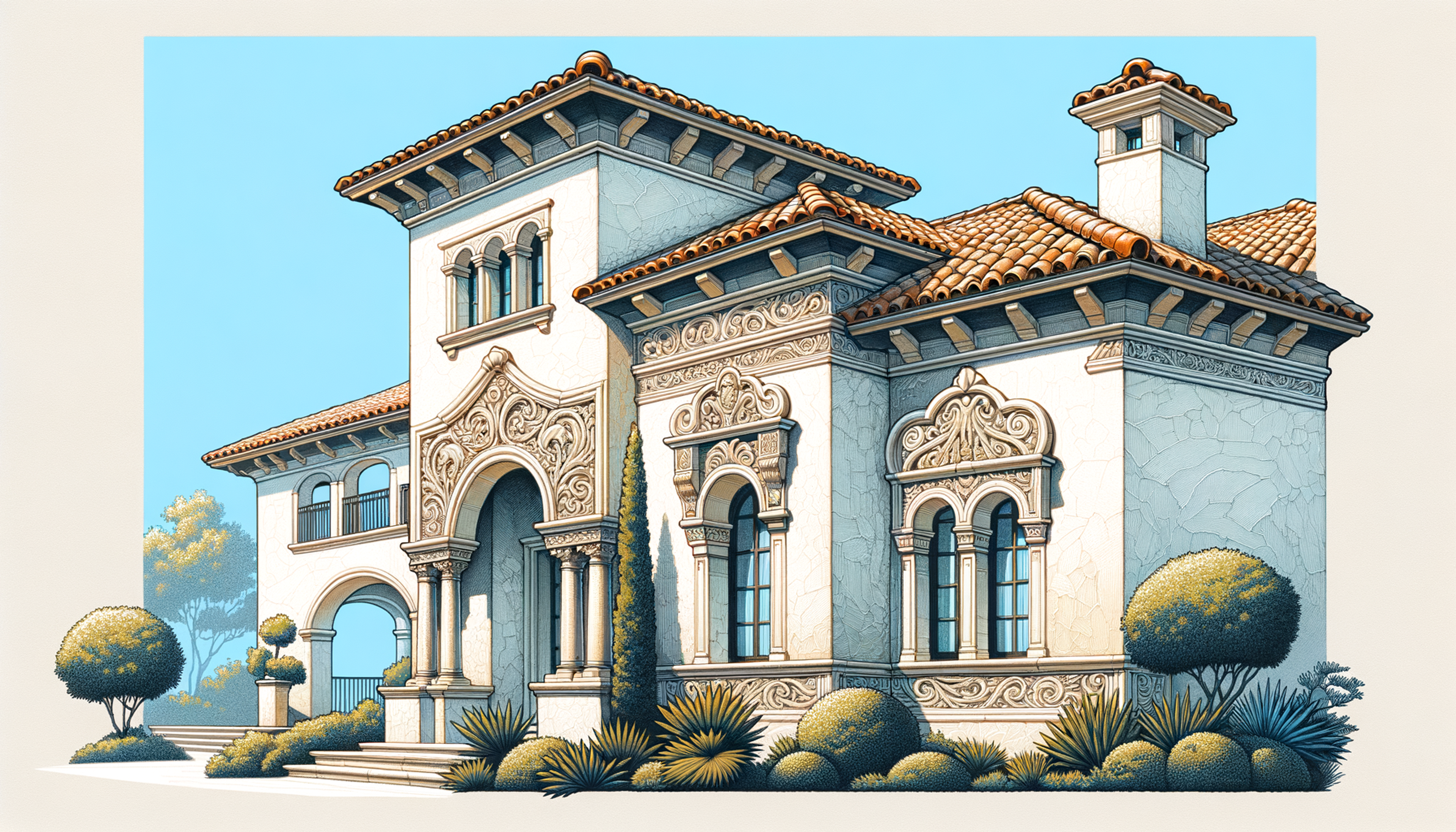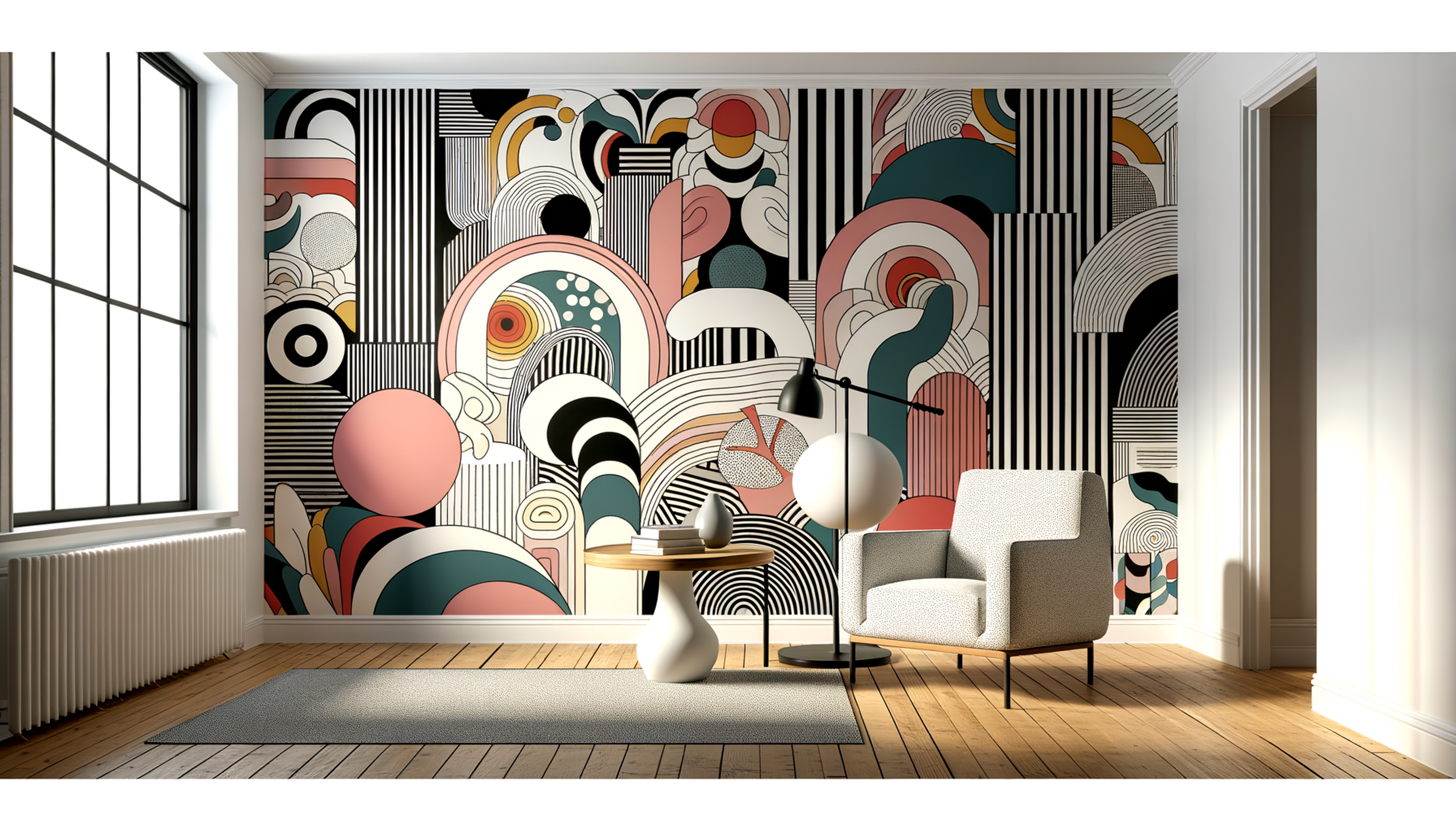Stucco is a traditional building material that has stood the test of time. Known for its durability, versatility, and aesthetic appeal, stucco finishes have been used for centuries in homes and buildings worldwide. This plaster-like material can transform both interior and exterior surfaces, offering a timeless aesthetic that suits various architectural styles.
History and Evolution of Stucco
Stucco's origins date back to ancient Greece and Rome, where it was used to create durable and decorative facades. Over time, stucco has evolved with innovations in materials and techniques, maintaining its popularity across different cultures. Today, it remains a preferred choice due to its ability to mimic the appearance of stone, brick, and other traditional materials while providing a seamless finish.
Benefits of Stucco
- Durability: Stucco is known for its resilience against harsh weather conditions. It can withstand heat, moisture, and even some impacts, making it a long-lasting solution for building exteriors.
- Versatility: Available in a variety of textures and colors, stucco can be customized to match personal preferences and design requirements.
- Energy Efficiency: As a thermal insulator, stucco helps maintain indoor temperature, reducing the need for excessive heating or cooling.
- Fire Resistance: Stucco is inherently fire-resistant, providing added safety for homes.
Application Techniques
Stucco is applied in multiple layers, typically over a wire frame or mesh. Here's a basic overview of the process:
- Scratch Coat: The first layer, called the scratch coat, is applied to create a solid base.
- Brown Coat: After the scratch coat dries, a smoother brown coat is added to refine the surface.
- Finish Coat: The final layer is the finish coat, which can be textured or smooth, depending on the desired aesthetic.
Modern Uses of Stucco
Today, stucco is not just limited to traditional or Mediterranean-style homes. Its versatility has made it a popular choice for modern architecture as well, offering clean lines and a minimalist look.
- Interior Accent Walls: Stucco can be used to create stunning interior accent walls, adding texture and depth to living spaces.
- Outdoor Living Spaces: From fireplaces to garden walls, stucco is commonly used in outdoor settings to enhance the natural beauty and cohesion of the environment.
- Commercial Buildings: Many businesses choose stucco for its cost-effectiveness and ability to portray an elegant yet sturdy facade.
Conclusion
Stucco is more than just a finishing material; it's a timeless option that adds value and beauty to any space. Whether you're considering stucco for its durability, versatility, or aesthetic appeal, it remains an excellent choice for both residential and commercial projects. As you explore the possibilities of stucco, remember that the right texture, color, and application can transform your vision into reality.



